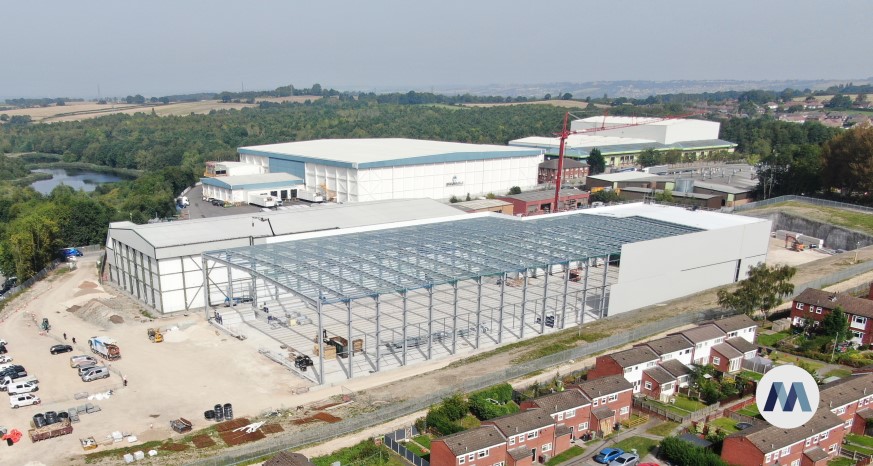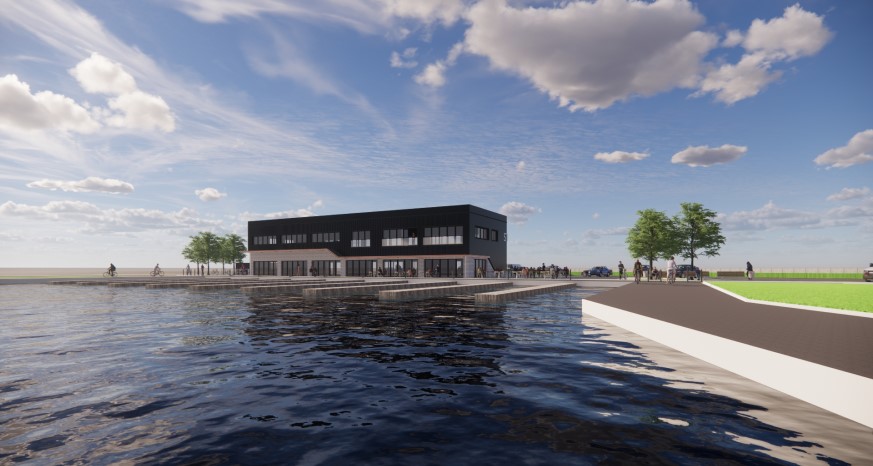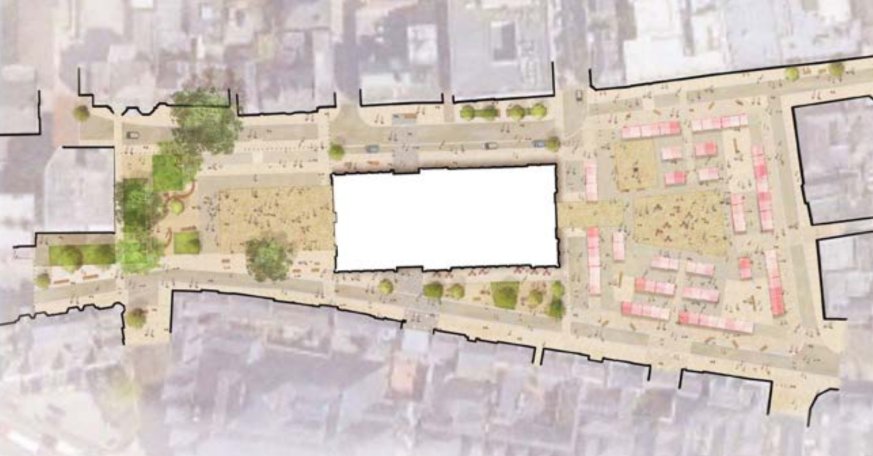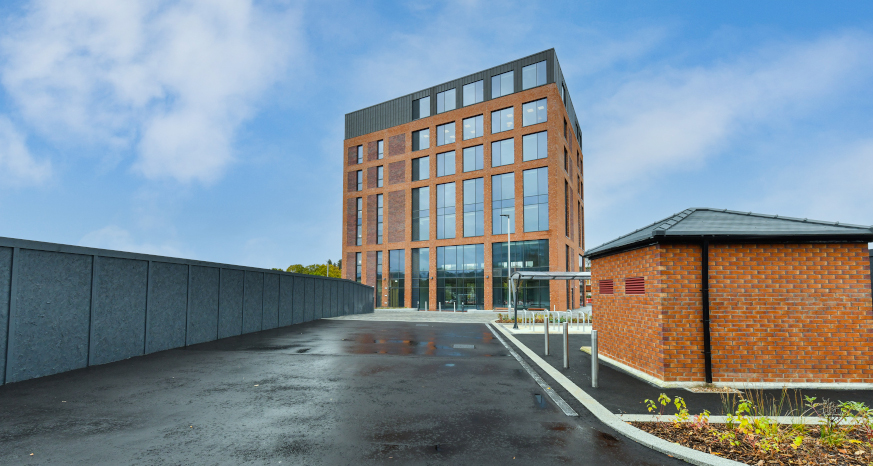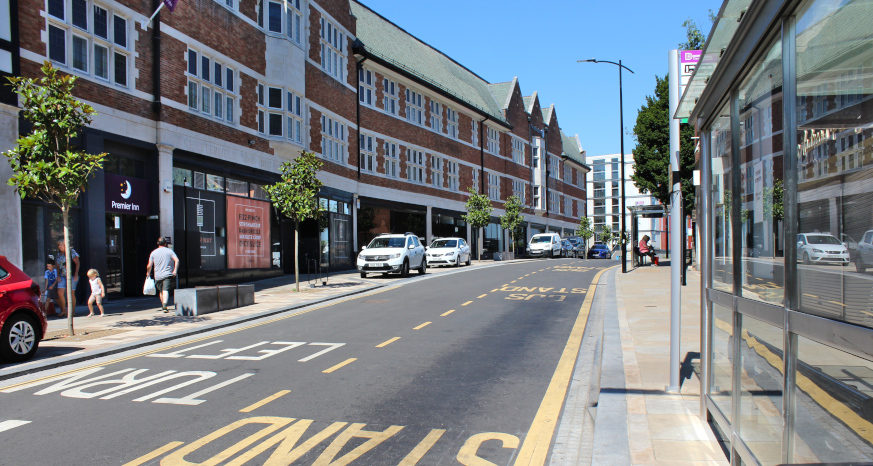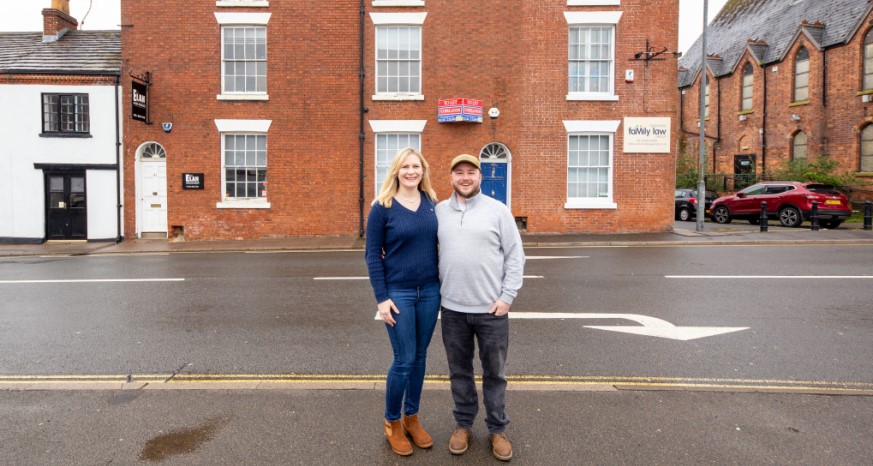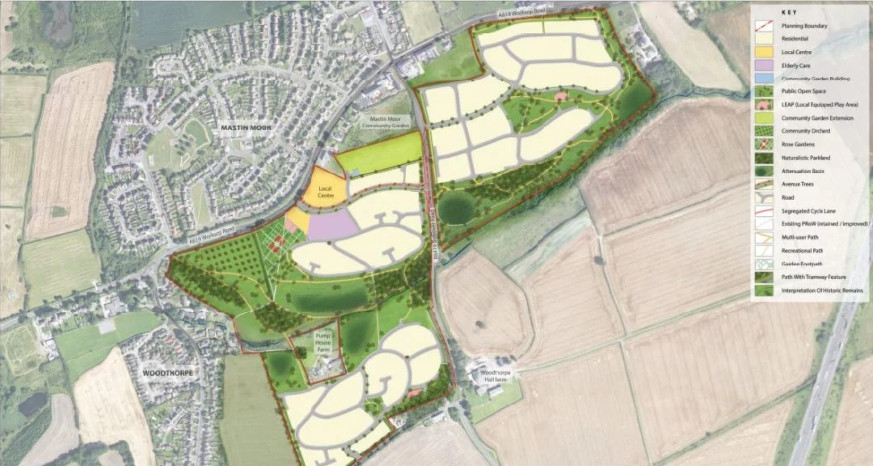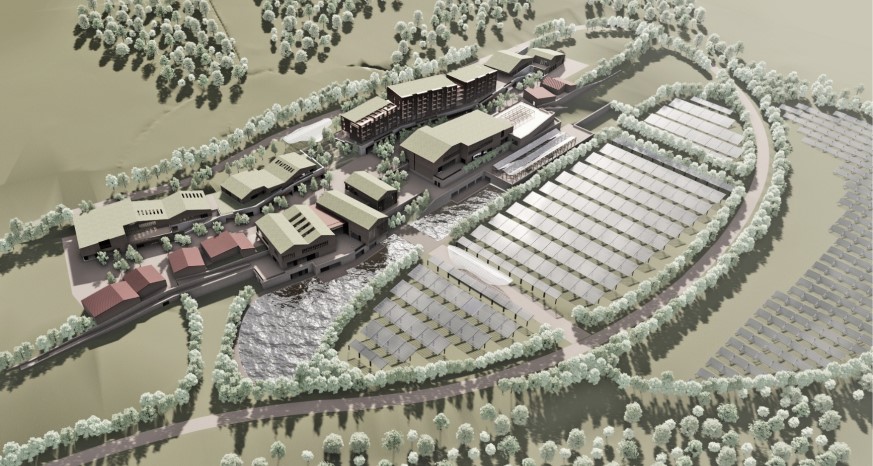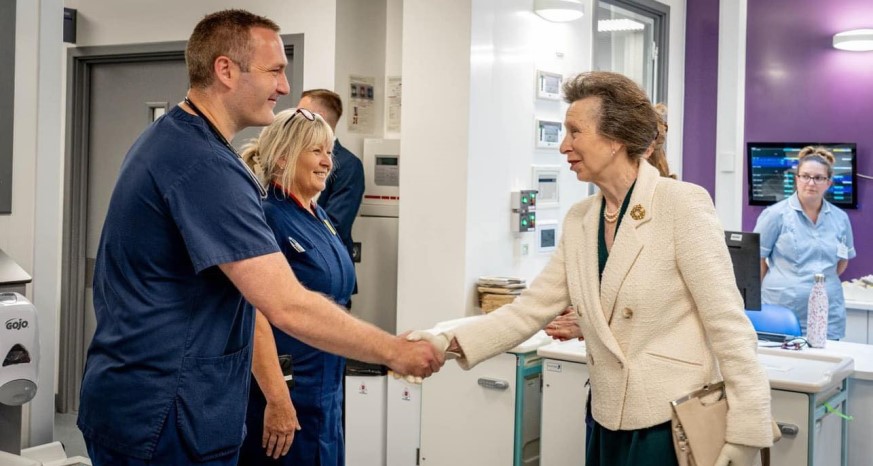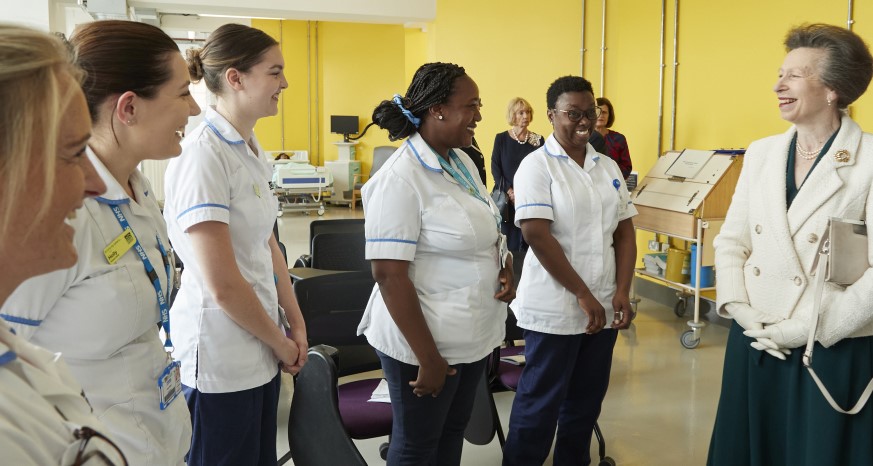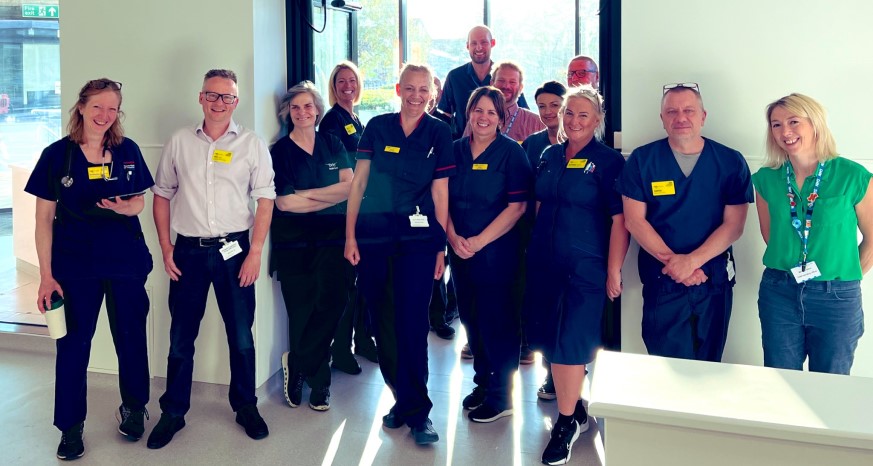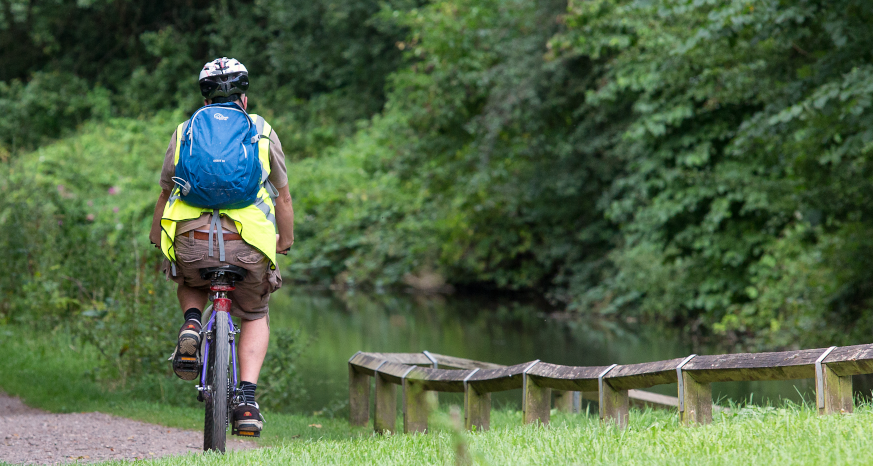Chesterfield is set to benefit from £20 million over the next 10 years, as part of further government levelling up investment being provided to 55 towns across the UK.
Under the new approach, local people will be put in charge, and given the tools to change their town’s long-term future. They will:
- Receive a ten-year endowment-style fund to be spent on local people’s priorities, like regenerating local high streets and town centres or securing public safety.
- Set up a Town Board to bring together community leaders, employers and local authorities to deliver the Long-Term Plan for their town and put it to local people for consultation.
The funding follows a £25 million investment awarded to Chesterfield by the government’s levelling-up fund to revitalise Chesterfield town centre and the historic Stephenson Memorial Hall.
Councillor Tricia Gilby, leader of Chesterfield Borough Council and Vice-Chair of Destination Chesterfield, said: “This is good news for Chesterfield, which builds on our success in securing Levelling Up Fund funding for the restoration of Stephenson Memorial Hall and for revitalising our historic market grounds and high streets.
“The announcement also reflects the positive work that we have been engaged in over the past 12 months with the Government’s High Streets Task Force.
“Our aspiration is to strengthen the distinctive character and vibrancy of our town centres. Whilst we await the detail, the availability of additional funding and powers to make it easier for residents and visitors to visit Chesterfield town centre, to tackle crime and anti-social behaviour and to make our town centre more attractive and accessible are to be welcomed.
“As the Government’s lead delivery partner, we will also be able to draw on our experience of bringing community leaders, businesspeople and representatives of other local bodies together to establish a new Towns Board, which would mirror that which the council has already established to oversee delivery of the £25.2m Staveley Town Deal.
“We must and will take advantage of all such opportunities. We want our town centres to be competitive, sustainable, safe, and dynamic places that create new openings for local people and support employment and housing growth, and from which visitors can explore the borough and surrounding areas.”
Peter Swallow, Chair of Destination Chesterfield, commented: “This extra funding for our high streets is extremely welcome, and will help to continue the ongoing work already taking place to regenerate our town centre.
“In Chesterfield, we’re already looking forward to several major improvements in the next few years, including a revitalised market, a refurbished Stephenson Memorial Hall and improvements to the connections between key points of interest across the heart of the town.
“Whilst celebrating the magnificent history and heritage of our town centre, we must also be aware that high streets must constantly adapt to changes to ensure their relevance today, and in the future.
“Destination Chesterfield is committed to working alongside partners and businesses in championing our town as an excellent location to work, live, visit and invest.
East Midlands Chamber chief executive Scott Knowles said: “It’s promising to see a renewed focus on driving forward towns, which are inhabited by a large portion of our population and have a significant role to play in a successful and thriving economy.
“The changing face of towns, much like in cities, has created challenges in how we ensure they are fit for purpose as places for living, working and spending leisure time.
“A Long-Term Plan for Towns therefore feels like a vision our country has lacked for a long time in order to deliver on their economic potential.
“Local decision-making by those who know the area is crucial to this and gives us the best opportunity to create good jobs for local people, breathe new life into neglected places and unlock wider economic growth that benefits everyone.”
Located in the centre of the UK and sat on the edge of the Peak District National Park, Chesterfield is a great strategic location for your business. Find out more about investment opportunities in Chesterfield.

